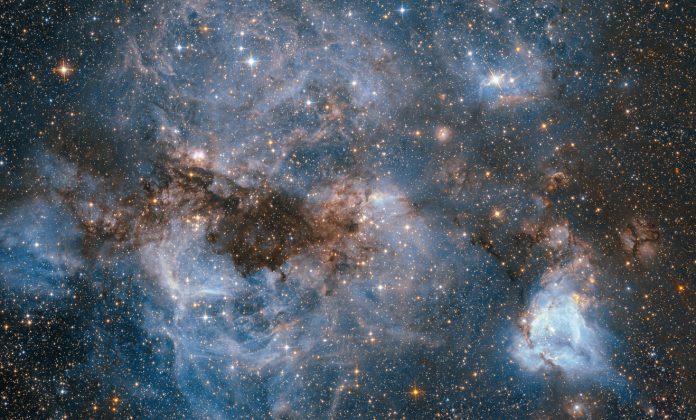Open Access Government provides a brief overview of the advancements in astrophysics research in North America
The Astrophysics Division at NASA is devoted to exploring our universe, pushing the limits of what we know about it, and sharing its findings with the world. The Division carries on the task of “expanding humanity’s understanding of how the universe began and evolved, how it works, and whether there are places beyond Earth where life might thrive,” we are told. (1)
Advancing astrophysics research in North America
By collaborating with partners and academic colleagues around the globe, NASA scientists are advancing the abovementioned exciting scientific objectives with ground-breaking science and cutting-edge technology.
Have you heard that two of the largest astrophysics missions in the last 30 years are two of the Great Observatories launched in the 1980s? (1) Did you know that the current suite of operational missions includes the Chandra X-ray Observatory (2), Hubble Space Telescope (3), and the James Webb Space Telescope (4)?
Plus, the Fermi Gamma-ray Space Telescope (5) explores the high-energy end of the spectrum. Astrophysics strategic missions are complemented by Innovative Explorer missions, like the NuSTAR (6), TESS (7), Neil Gehrels Swift Observatory (8), IXPE (9), and NICER (10).
SOFIA (an airborne observatory for infrared astronomy) (11) is currently in its “extended mission” phase. Together, these missions contribute to what humanity accumulatively knows about the heavens.
“NASA-funded investigators also participate in observations, data analysis and developed instruments for the astrophysics missions of our international partners, including ESA’s XMM-Newton,” we hear. (1, 12)
Astrophysics: Near future missions
Several missions will dominate the near future, including ESA’s Euclid mission (13), which will fly NASA-supplied detectors, plus JAXA’s XRISM (X-Ray Imaging and Spectroscopy) (14) mission, which uses NASA-supplied technologies to yield discoveries in the fields of structure formation, dark matter, and outflows from galaxy nuclei.
It’s important to note that most of the Astrophysics Division’s resources are used to complete the in-development missions, support operational missions, and fund research and analysis programs.
For example, in March 2017, we learned that NASA chose “the Explorer Mission of Opportunity GUSTO (Galactic/Extragalactic ULDB Spectroscopic Terahertz Observatory) to measure emissions from the interstellar medium to help scientists determine the life cycle of interstellar gas in our Milky Way, witness the formation and destruction of star-forming clouds, and understand the dynamics and gas flow in the vicinity of the center of our galaxy.” (1)
Astrophysics in the future
NASA explains before going into more fascinating details that there has been a dramatic shift in how we view the universe since 2001’s decadal survey.
“More than 3800 planets have been discovered orbiting distant stars. Black holes are now known to be present at the center of most galaxies, including the Milky Way galaxy. The age, size and shape of the universe have been mapped based on the primordial radiation left by the big bang.
“And it has been learned that most of the matter in the universe is dark and invisible, and the universe is not only expanding, but accelerating in an unexpected way,” we hear. (1)
In the future, Astrophysics objectives will be shaped by the Decadal survey Pathways to Discovery in Astronomy and Astrophysics for the 2020s (15). The report identifies the most essential science priorities and sets an ambitious roadmap of ground- and space-based activities that deserve future investment. The report also identifies crucial near-term actions needed to build on the foundations of science, plus technologies and tools to undertake the science. (1)
References
- https://science.nasa.gov/astrophysics/
- https://science.nasa.gov/mission/chandra/
- https://science.nasa.gov/mission/hubble/
- https://science.nasa.gov/mission/webb/
- https://science.nasa.gov/mission/fermi/
- https://science.nasa.gov/mission/nustar/
- https://science.nasa.gov/mission/tess/
- https://science.nasa.gov/mission/swift/
- https://science.nasa.gov/mission/ixpe/
- https://science.nasa.gov/mission/nicer/
- https://science.nasa.gov/mission/sofia/
- https://science.nasa.gov/mission/xmm-newton/
- https://euclid.caltech.edu/
- https://heasarc.gsfc.nasa.gov/docs/xrism/
- https://nap.nationalacademies.org/catalog/26141/pathways-to-discovery-in-astronomy-and-astrophysics-for-the-2020s











